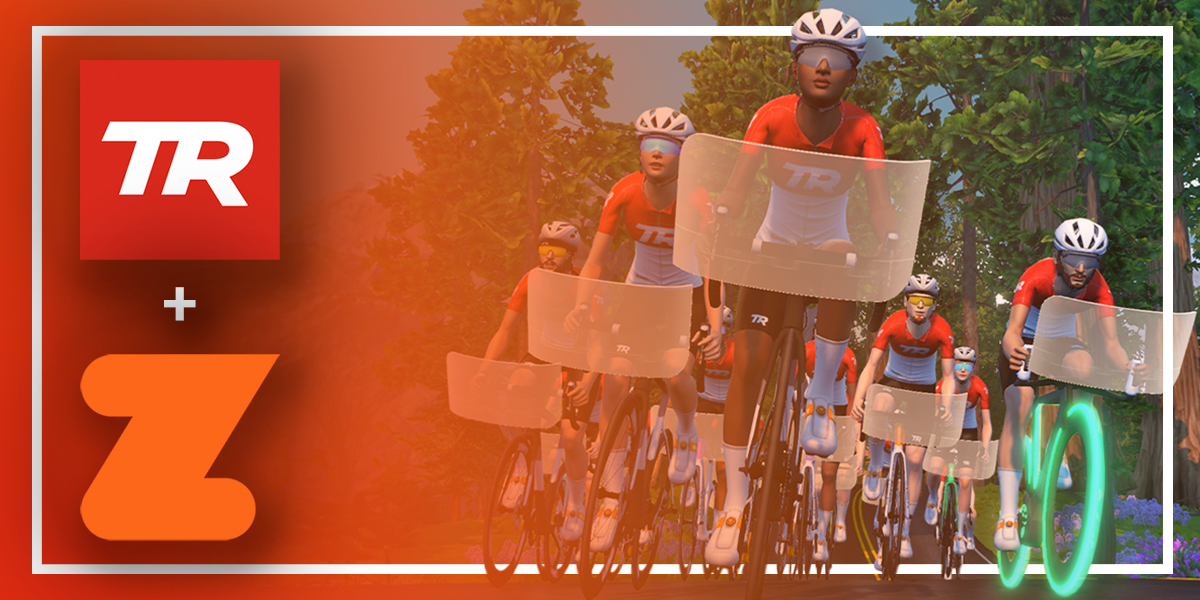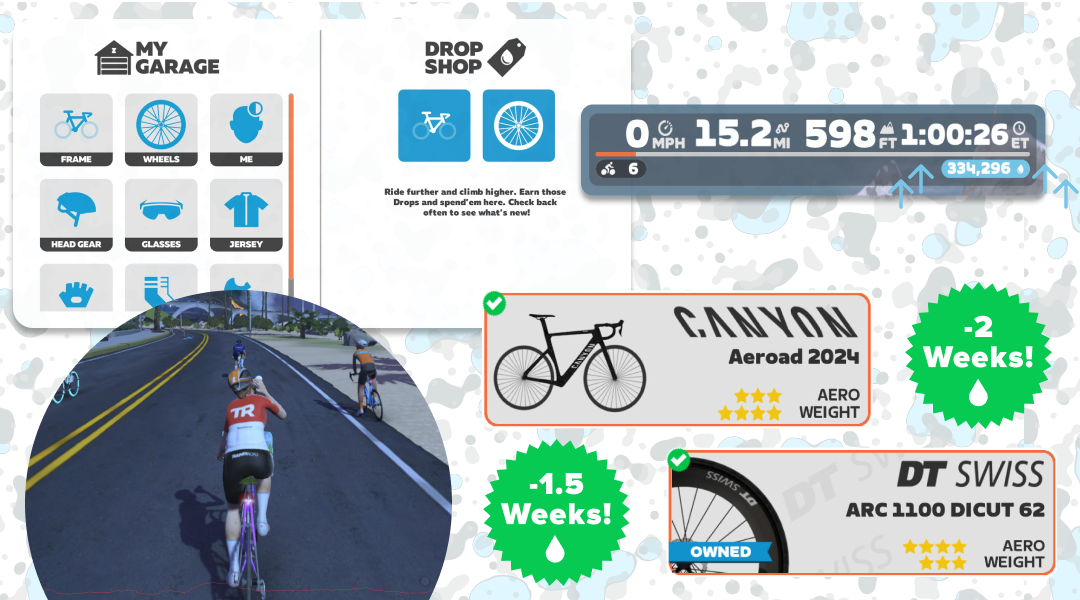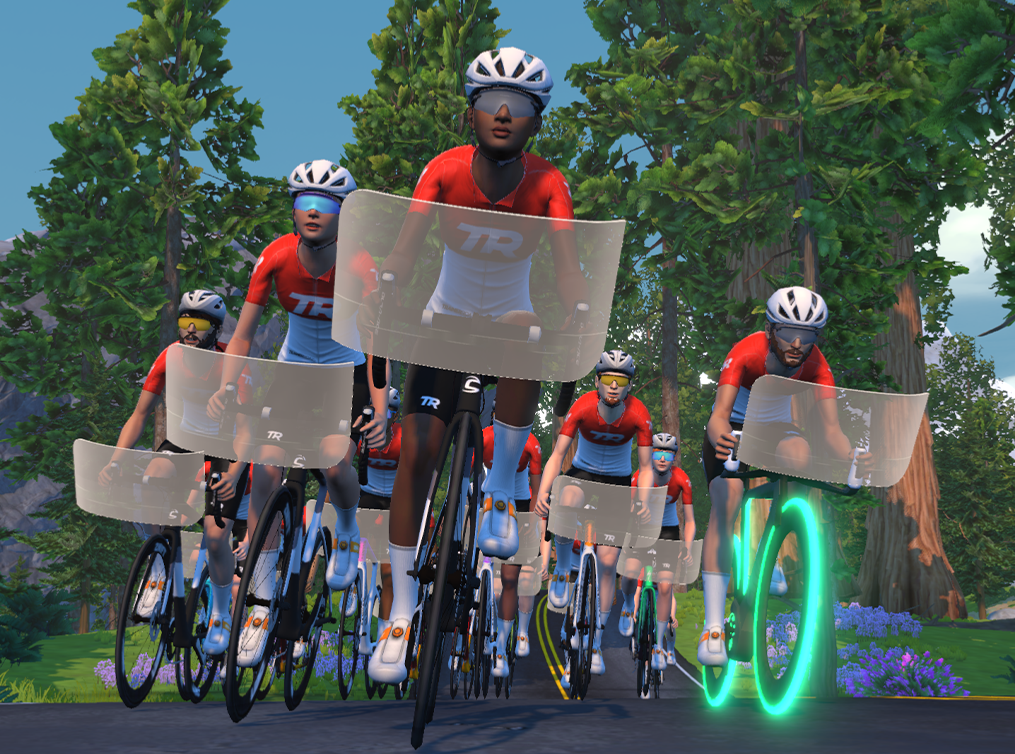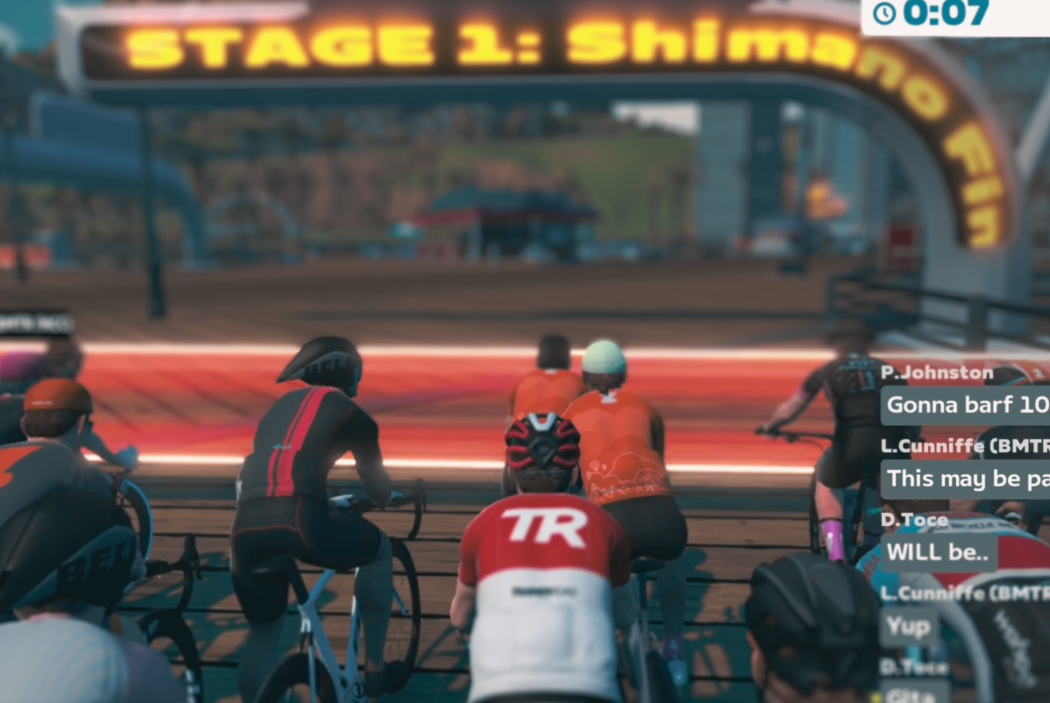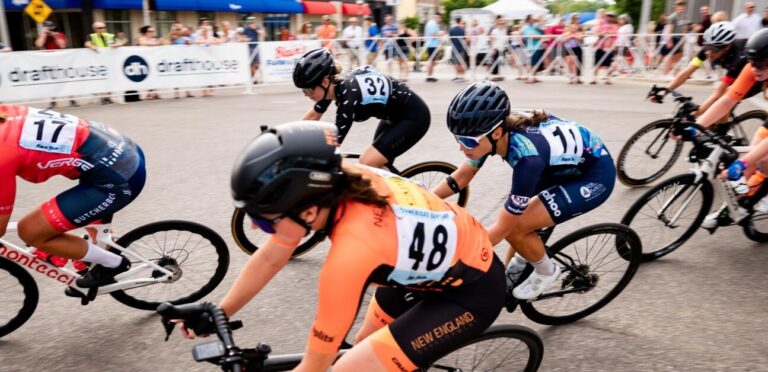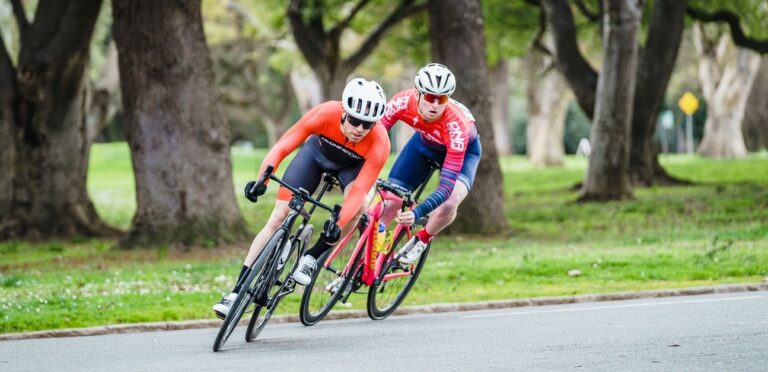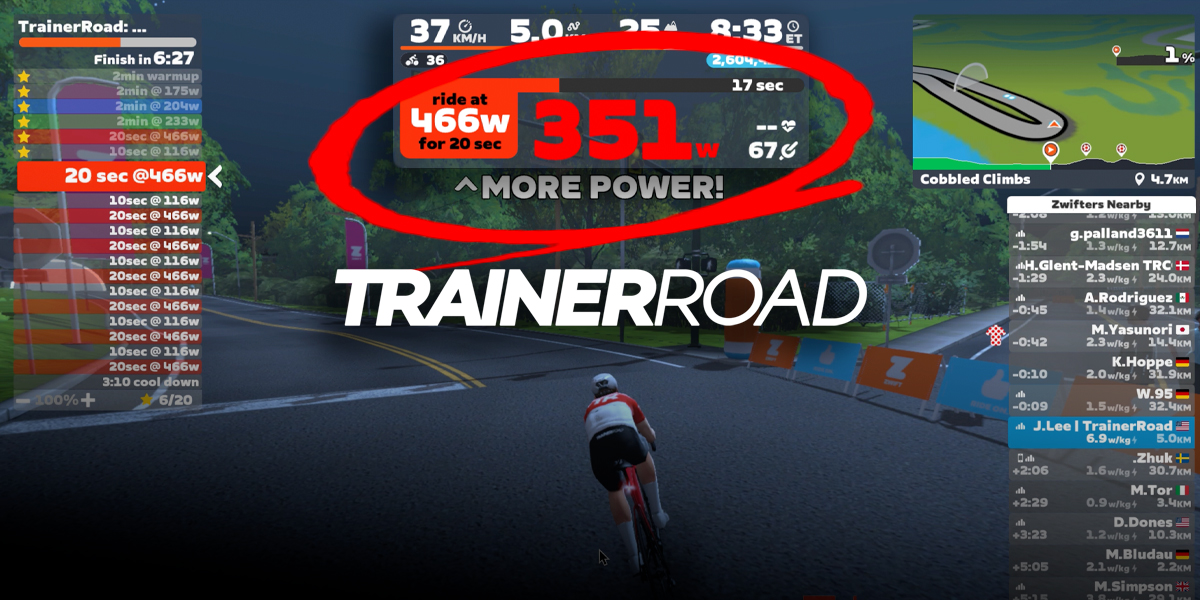Want to ride faster on Zwift? Discover how TrainerRoad’s structured, data-driven training plans are built to improve your FTP, help you chase K/QOMs, and make every Zwift ride more rewarding. From personalized workouts to fatigue management and real-time plan adjustments, TrainerRoad allows you to get more from every Zwift ride.
